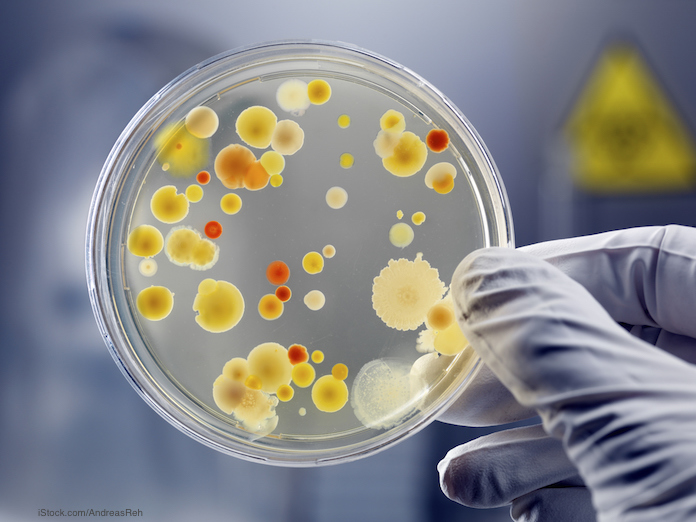The Interagency Food Safety Analytics Collaboration (IFSAC) has released foodborne illness source attribution estimates for 2013 for four bacteria: Salmonella, Escherichia coli O157, Listeria monocytogenes, and Campylobacter. This agency is a collaboration between the CDC, the FDA, and the USDA-FSIS.

The agency identifies foods that are important causes of human illness. It focuses its efforts on those four bacteria, which are responsible for most food poisoning illnesses in the United States.
The CDC estimates that these four pathogens cause 1.9 million foodborne illness cases every year. They base that estimate by calculating the most common food sources that are linked to illnesses. Overall, about 9,000,000 Americans are sickened with food poisoning. More than 56,000 are hospitalized, and 1,300 die.
Researchers identified 2,919 outbreaks from 1998 to 1013 that were confirmed or suspected to be caused by those four pathogens. They set 17 food categories to be assigned to those outbreaks. After excluding 1,081 outbreaks without a confirmed or suspected food, 701 for which a food vehicle could not be assigned to one of the 17 food categories, and three that occurred in a U.S. territory, they studied 1,042 outbreaks.
They found that Salmonella illnesses come from many different foods. More than 75% of Salmonella illness were caused by seeded vegetables, such as tomatoes, eggs, chicken, other produce such as nuts, pork, beef, and fruits.
E. coli O157 illnesses were linked to leafy greens and other vegetable crops, and beef. More than 75% of the illness outbreaks were caused by those two food categories.
Listeriosis cases were often linked to dairy products and fruits. The report states that “the rarity of Listeria monocytogenes outbreaks makes these estimates less reliable than those for other pathogens.”
Non-dairy Campylobacter illnesses were linked to chicken most of the time. Other foods that caused Campylobacter illnesses included other seafood such as shellfish, seeded vegetables, vegetable row tops, and other meat/poultry, such as lamb or duck. Most Campylobacter outbreaks were associated with raw, or unpasteurizEd milk, which is not widely consumed. The agency removed dairy illnesses from these calculations, which helped to highlight other sources of illness from this bacteria, such as chicken.
The researchers recommend that to reduce Salmonella illnesses, interventions need to target many food categories. Interventions for beef and vegetable row crops could help reduce E. coli O157 outbreaks, although the I.M. Healthy SoyNut Butter outbreak in 2017 means investigators need to be vigilant in recognizing unusual outbreak food sources.
The deadly Listeria monocytogenes outbreak in 2011 that was linked to cantaloupe influenced the attribution estimates for that pathogen. But more Listeria outbreaks have been linked to fruit since that time.
Campylobacter illness data found that 1.5% of campylobacteriosis cases were linked to raw milk, while 24% were linked to consumption of chicken made in a restaurant. After removing the dairy outbreaks, the chicken attribution increased to 29.2%, meaning officials should recognize that food as a potential source for foodborne illness.
The report ended by stating, “These estimates should not be interpreted as suggesting that all foods in a category are equally likely to transmit pathogens. Caution should also be exercised when comparing estimates across years, as a decrease in a percentage may result, not from a decrease in the number of illnesses attributed to that food, but from an increase in illnesses attributed to another food. The analyses show relative changes in percentage, not absolute changes in attribution to a specific food. Therefore, we advise using these results with other scientific data for decision-making.”




